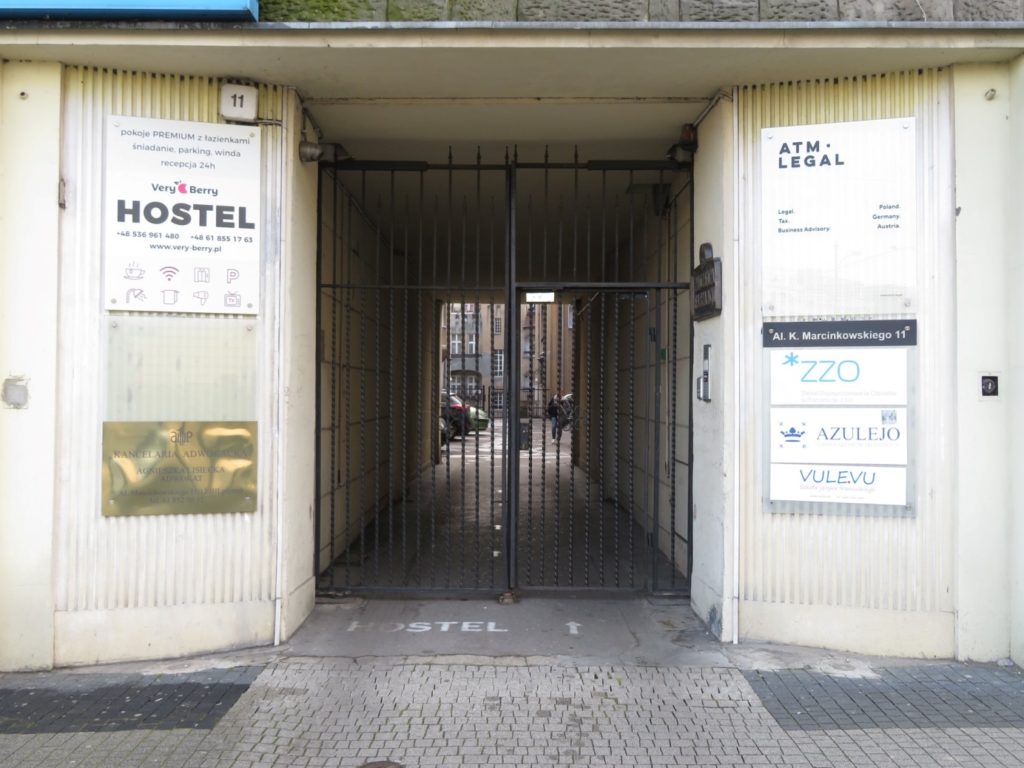Billboards, Signs, Screens. At the Crossroads between the Need for Order and Loss of Function.
Recent years can be described as a time of serious discussions about legal regulations regarding organizing and shaping public spaces. Landscape ordinances in various regions are being consulted, and sometimes successfully implemented. We can also encounter grassroots initiatives where graphic communication in an area is unified, and decisions about the appearance of posters, billboards, and other advertisements are made locally.
Adding to this the growing interest in participating in landscape ordinance consultations, one might feel that we are witnessing an awakening of civic engagement, at least regarding the appearance of streets.
Function of Landscape Ordinance
It's worth considering what landscape ordinances are meant to achieve.
The path according to which these ordinances must be enacted is described in an article from the beginning of last year: How many municipalities in Poland have a landscape ordinance
In brief: the 2015 landscape law authorizes municipalities to enact local codes regulating the presentation of advertisements in public spaces. The assumption is entirely justified: to allow (and sometimes require) areas with specific character - whether industrial, historic, or functional - to maintain their unique features.
Is it then possible to preserve the function that billboards, signs, and posters serve?
And here's the other side of the coin.
Billboard and Advertisements - Their Functions
Here it's worth considering the function of regulated messages, such as outdoor advertisements. They are primarily meant to inform and communicate specific content. Of course, the sender's goal, the advertiser's goal, is primarily to profit from building their image and ultimately gaining specific customers. But it's still the consumer who decides whose offer - and whether at all - to use. However, to have a choice among market proposals, they must be aware of what options are available. This is where communication and the basic function of advertising come in: persuasion.
At the Crossroads. Where are Billboards?
Putting these elements together:
* advertising as a carrier of persuasive communication
* the need for spatial order
* introduction of landscape ordinances or launching grassroots initiatives
we might feel that decision-makers are at a crossroads. The need to implement top-down changes, unification, and ordering sometimes reaches so far that, in my opinion, the proposed solutions are heading in the wrong direction. We can notice changes, for example, in Poznań in the Cultural Park area (an area protecting historical monuments), where signs have been unified and significantly simplified. One must admit that this concept is modern, though clearly referencing traditions from the second half of the 20th century. But in my opinion, they lack one basic feature: legibility. How can they now fulfill their basic function of informing and communicating if they are illegible (despite their simplified form)?
Communication. Implementation. Billboards
A good example of where outdoor advertising fulfills its persuasive function in public space, presenting specific values and ideas, are social campaigns. They maintain spatial order because they usually appear within networks of standardized billboard carriers or signs, as organizations running social campaigns don't use questionable quality posters that often appear illegally in various places.
An outdoor campaign directed at a broad but local Warsaw-area audience was the campaign for the Przytul Psa Foundation. The campaign's goal was to encourage people to donate 1% of their tax to needy four-legged friends. The posters were displayed from February to April, during tax return season, on carriers near Warsaw. The beneficiary was one of the Warsaw suburban aid organizations. The collaboration with the Foundation, which began in 2016, continues every year, and each year more money flows into its account.
More about this campaign: 1% for animals - example of the "Przytul Psa" Foundation campaign

Modern technologies are becoming increasingly accessible and allow for transmitting the most current data possible in the form of digital out of home advertising. A perfect example from recent days is Sunday with the 28th Final of the Great Orchestra of Christmas Charity and real-time information about collection status on MORE and MyLED screens in Warsaw.
Another interesting example within out of home communication activities is informing local residents about new investments. One can then use temporary fencing, skip less durable posters, and align with the investor's graphic identity by preparing interesting advertising. This way, we combine communication with aesthetics.
https://www.facebook.com/synchro.lab/photos/a.501388843400434/557729164433068/?type=3&theater
At the Crossroads. As Long as It's in the Right Direction
In summary, the concept of spatial order and the need to organize this issue in local contexts are essential. In an organized area, it's easier to transmit and receive any message that carries value and information for the recipient.
However, standing at the crossroads between uncompromisingly imposing a uniform form of communication and the need to convey information, it's worth choosing a path that will lead to one goal.


